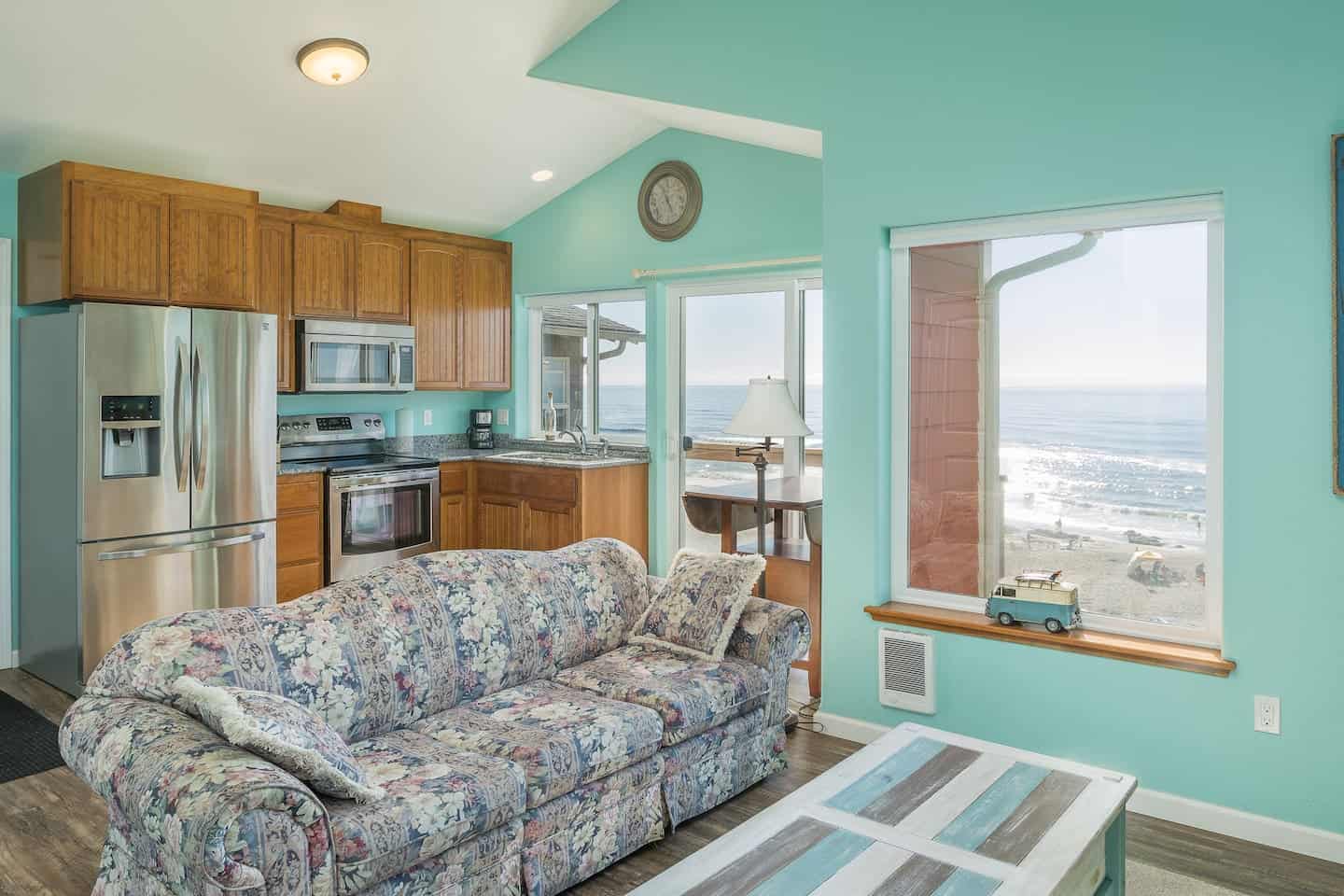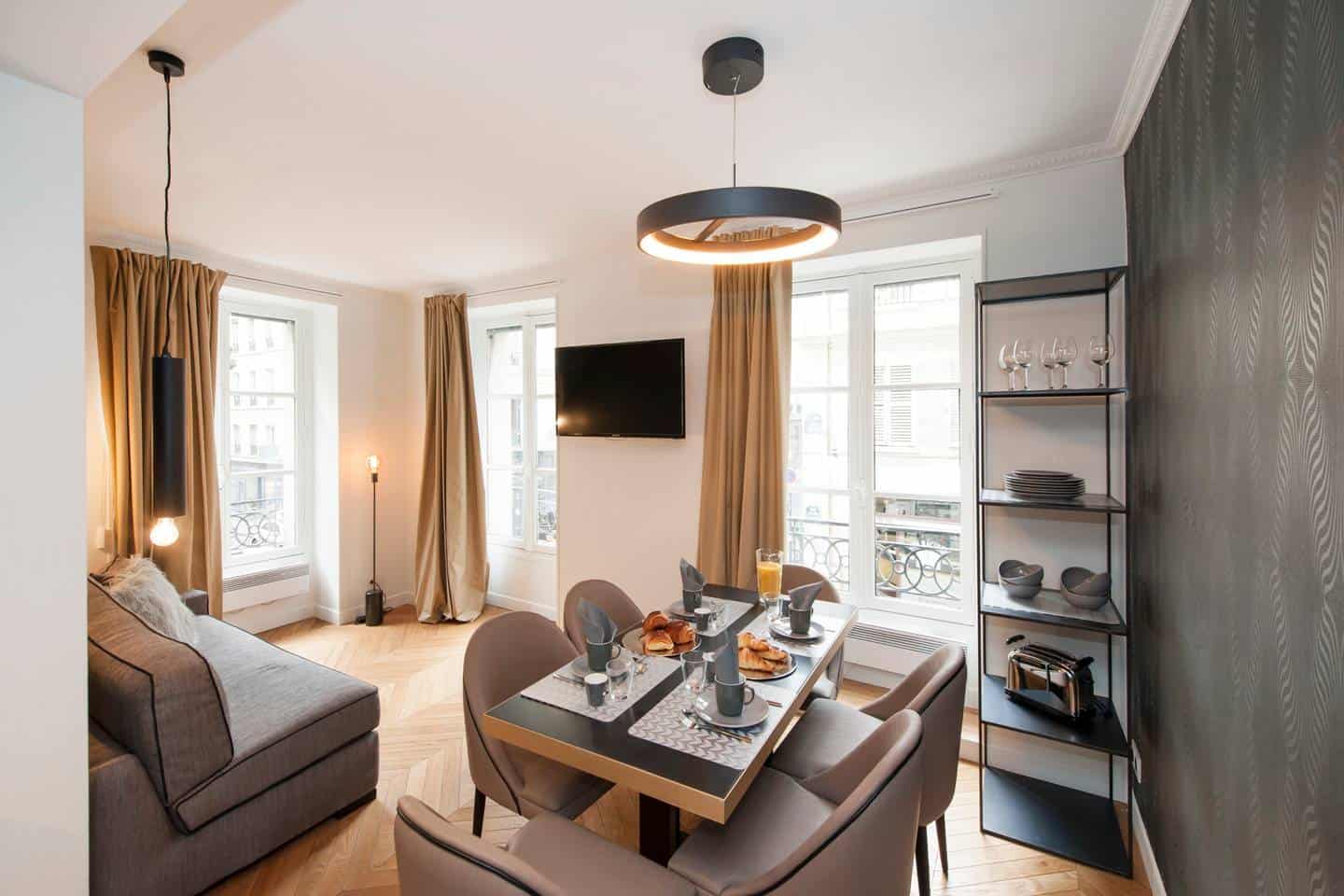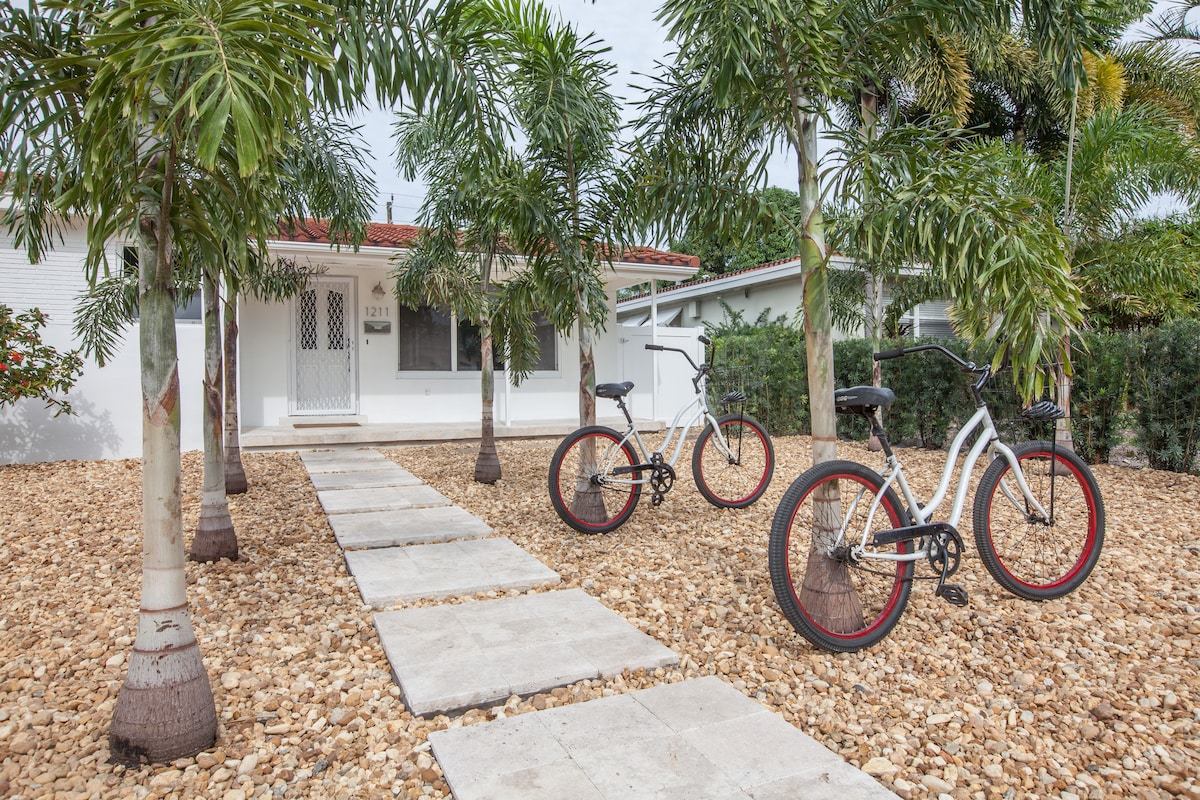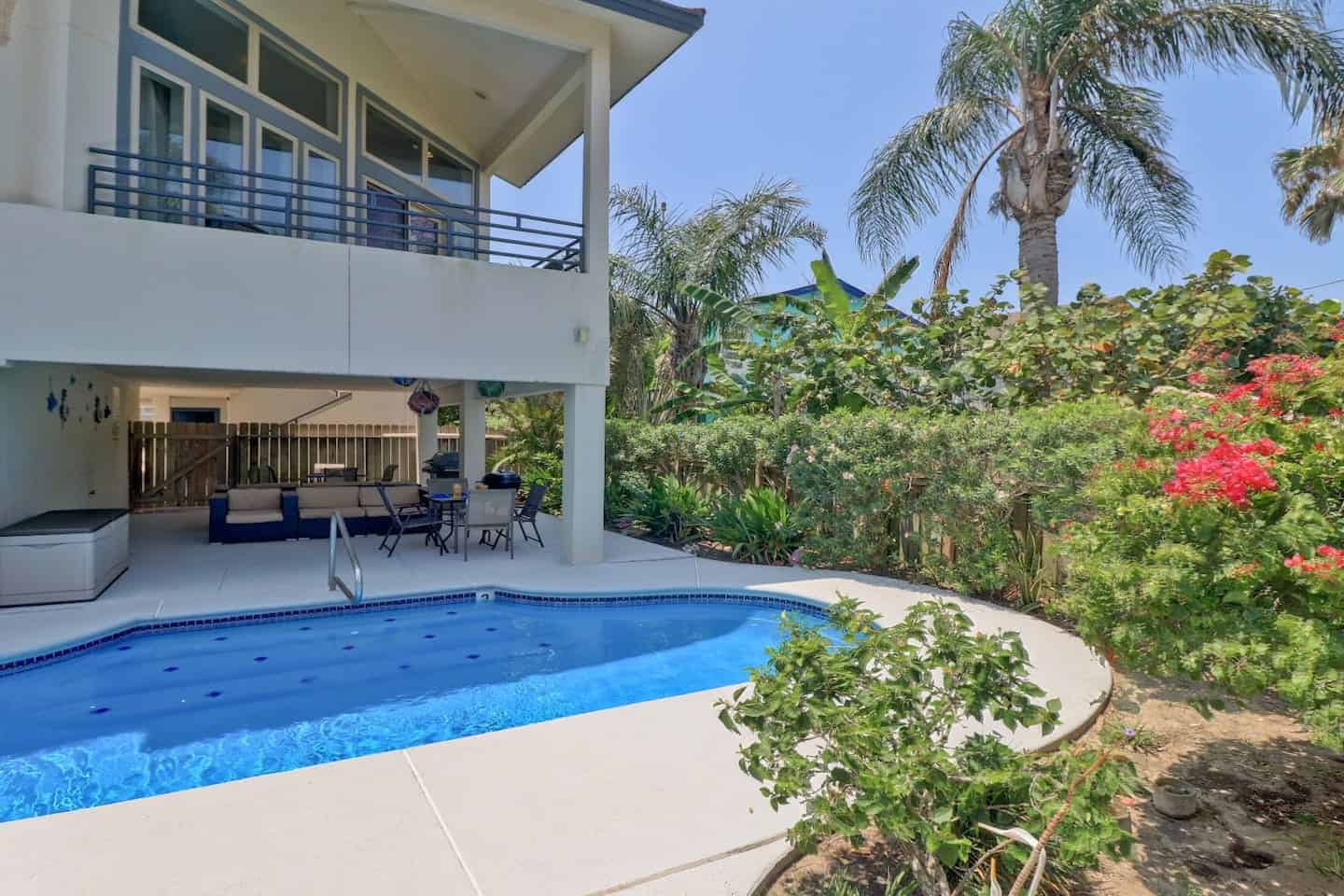
If you are living in the same home with other individuals (for example, as two tenants), then each one of you may register the same home as your short-term rental, as long as the home is your principal residence.Multiple individuals living in the same home You should be aware of your responsibilities under the Residential Tenancies Act and your lease agreement with your landlord.As a tenant you can short-term rent your home as long as it is your principal residence.You may wish to ask your insurance company about the appropriate insurance product for short-term rentals. If you have an insurance policy, you should understand the implication of operating a short-term rental.This is the home where you live and the address you use for bills, identification, taxes, and insurance. As a homeowner you can short-term rent your principal residence only.able to demonstrate that you live at your principal residence.
 using your principal residence in Toronto. If you reside in the main portion of house, you are not permitted to separately short-term rent the secondary suite or laneway suite. A laneway suite must be next to a public laneway.
using your principal residence in Toronto. If you reside in the main portion of house, you are not permitted to separately short-term rent the secondary suite or laneway suite. A laneway suite must be next to a public laneway. 
A laneway suite is a self-contained residential unit located on the same lot as a larger house, and generally located in the rear yard.This is located within a larger house (for example, a basement apartment).
 A secondary suite is a self-contained and separate living accommodation where food preparation and sanitary facilities are provided for the exclusive use of the occupants. You can host a short-term rental in a secondary suite or laneway suite, as long as the suite is your principal residence. If you are a Bed and Breakfast (B&B) operator, you can continue to operate under existing zoning permissions for “tourist homes”. Your home must be in a residential area in the city. You can rent up to three bedrooms in your principal residence for an unlimited number of nights per year or the entire home for a maximum of 180 nights per year.
A secondary suite is a self-contained and separate living accommodation where food preparation and sanitary facilities are provided for the exclusive use of the occupants. You can host a short-term rental in a secondary suite or laneway suite, as long as the suite is your principal residence. If you are a Bed and Breakfast (B&B) operator, you can continue to operate under existing zoning permissions for “tourist homes”. Your home must be in a residential area in the city. You can rent up to three bedrooms in your principal residence for an unlimited number of nights per year or the entire home for a maximum of 180 nights per year. 
You should ensure that you are allowed, by your condominium or landlord, to short-term rent your residence. You can be a homeowner or a renter in any housing type, for example house, apartment or condominium, etc. You can only have one principal residence at a time, therefore you cannot legally run more than one short-term rental. This is the residence where you live and the address you use for bills, identification, taxes and insurance. You are only allowed to short-term rent your principal residence.








 0 kommentar(er)
0 kommentar(er)
